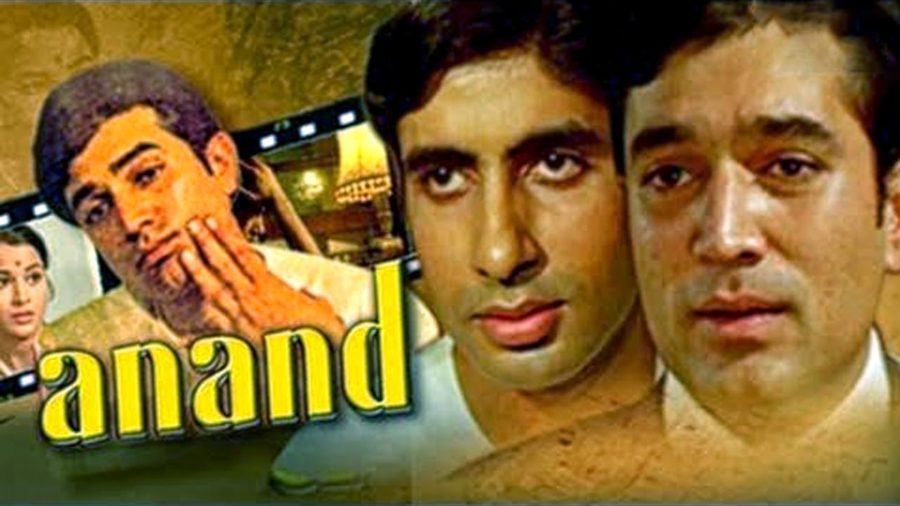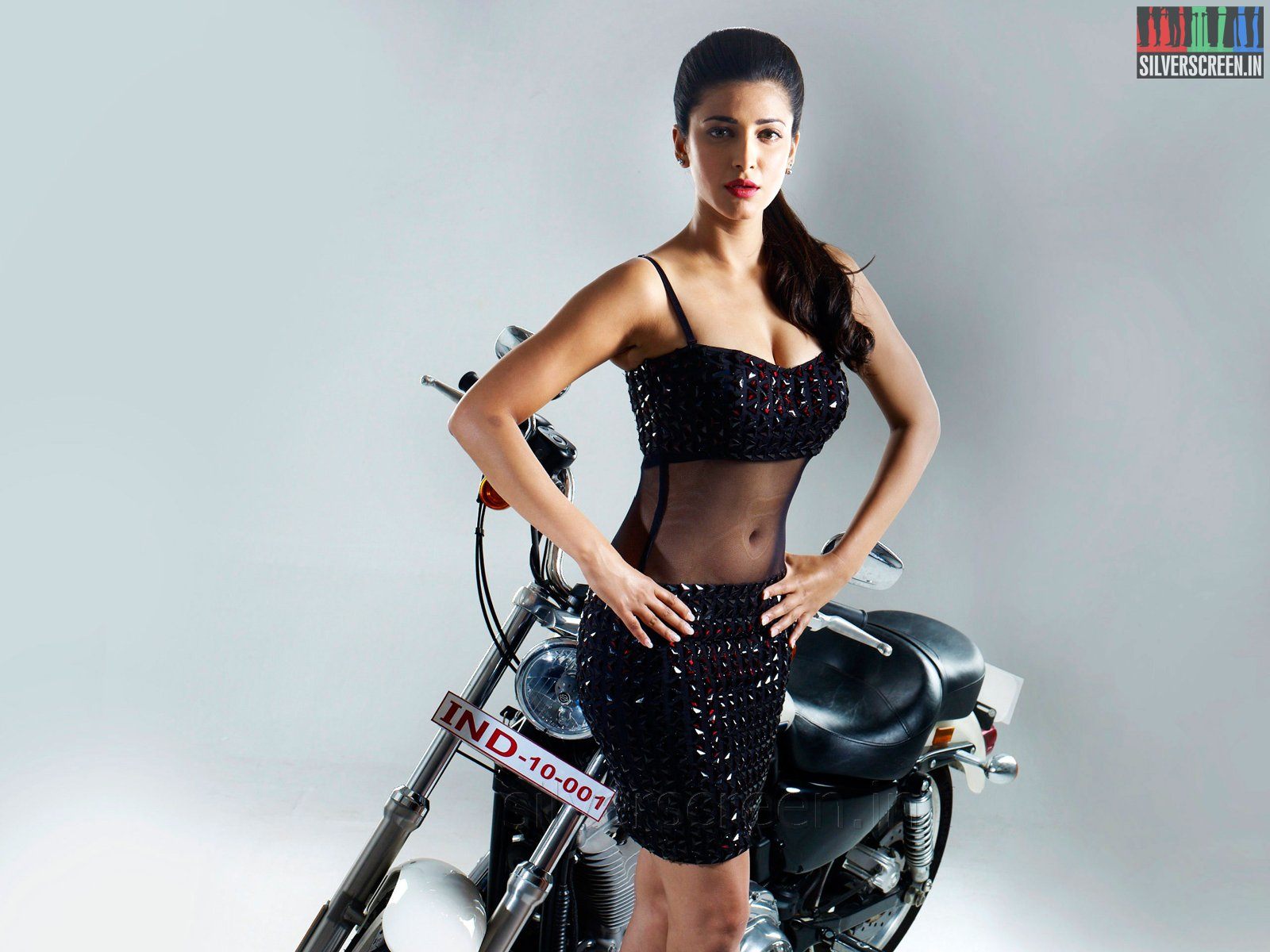Pikchar With Rita is a fortnightly column on cinema by Rita Kothari. She’s a Professor of English at Ashoka University. She does not “do” film studies.
***
One of the deepest paradoxes about art is the pleasure it provides in things we don’t want to be pleased about. Death is hardly aesthetic; but some of the greatest films and books have been about death. We have come away from them weeping, feeling helpless; moved but also knowing that we enjoyed them.
Sanskrit theoreticians at least accounted for ‘dukh’ or ‘vishaad’ as a rasa; but there’s little else in theories of art what makes for this particular aesthetic pleasure derived from the harshest reality. When Dr. Bhaskar Banerjee (played by Amitabh Bachchan) in the film Anand is awarded with the Saraswati Puruskar for his novel ‘Anand’, he says it must have been his failing if his readers thought this was a figment of imagination.
Did the readers of the novel, like spectators of the film enjoy this death because it’s fictional, or that it was so real in a fictional frame? It is perhaps this strange combination of it being both real and untrue that makes for this death moving enough even today that I wept on watching it again after at least forty years? While I am thankful that life and age have not weathered the ability to be moved, it seems today the film beckons for also new ways of thinking about it.
In the years of my growing up, Rajesh Khanna was a spent force and had appeared to my harsh child/adolescent eyes a rotund man desperately trying to look young and romantic. He was supplanted by Amitabh Bachchan whose strong silence made him attractive and tantalizing in those years. However, an ongoing course on Hindi cinema made me go to Rajesh Khanna of Katipatang and Daag and it was now easy to see how his ebullience as a romantic hero could have brought him the phenomenal success that it did over six particular years when every film sustained him as a superstar.
So what exactly happened in Anand, I asked myself, a famed moment when the supporting and surly looking hero got noticed and went on to not only supplant Anand (played by Rajesh Khanna) but also defined a new mode of affective masculinity?
The film Anand opens with the award giving ceremony I mentioned earlier. When Bhaskar Banerjee is asked to speak about the novel, he says, I don’t know how to speak much. This non-communicative, angry-with-the-world character is made to soften, to relent, to feel, to express and to mourn death but also to reconcile that death is but an interlude in an everlasting life. If Anand the character manages to endear people to himself by simply drawing them out; being almost over-familiar, Bhaskar puts people off by being blunt and distant.
Recommended
The early signs of the anger are visible here; created not by a Manmohan Desai, but by the unsuspected Hrishikesh Mukherjee. The unadorned speech; the deep voice; the judgmental eyes when people are being silly or garrulous – all that we will go on to see in Sholay and Deewar in the later years – have their elements in small measures in the film Anand.
As for Rajesh Khanna’s character, it has both the physical and metaphoric death of a poetic persona that has now made room for a taciturn man, who will feel it but not express it, much. “Naaraz ho, apne aap se?” He is asked. The anger is as much with the self as with the world. It is to the credit of Hrishikesh Mukherjee that he makes it hard to choose between ebullience and anger; and reminds us that even if we choose one over the other, we cannot forget that there is more than one approach to death, and by extension, life.



